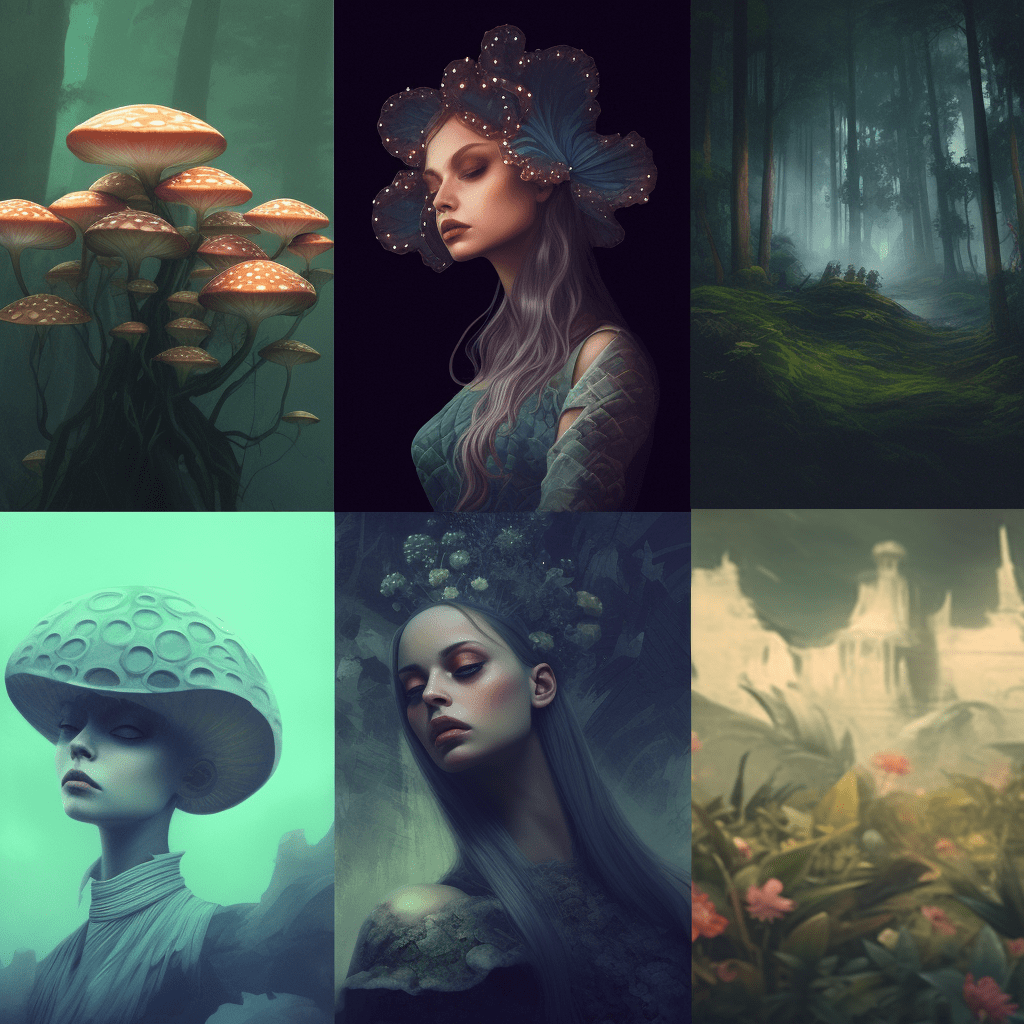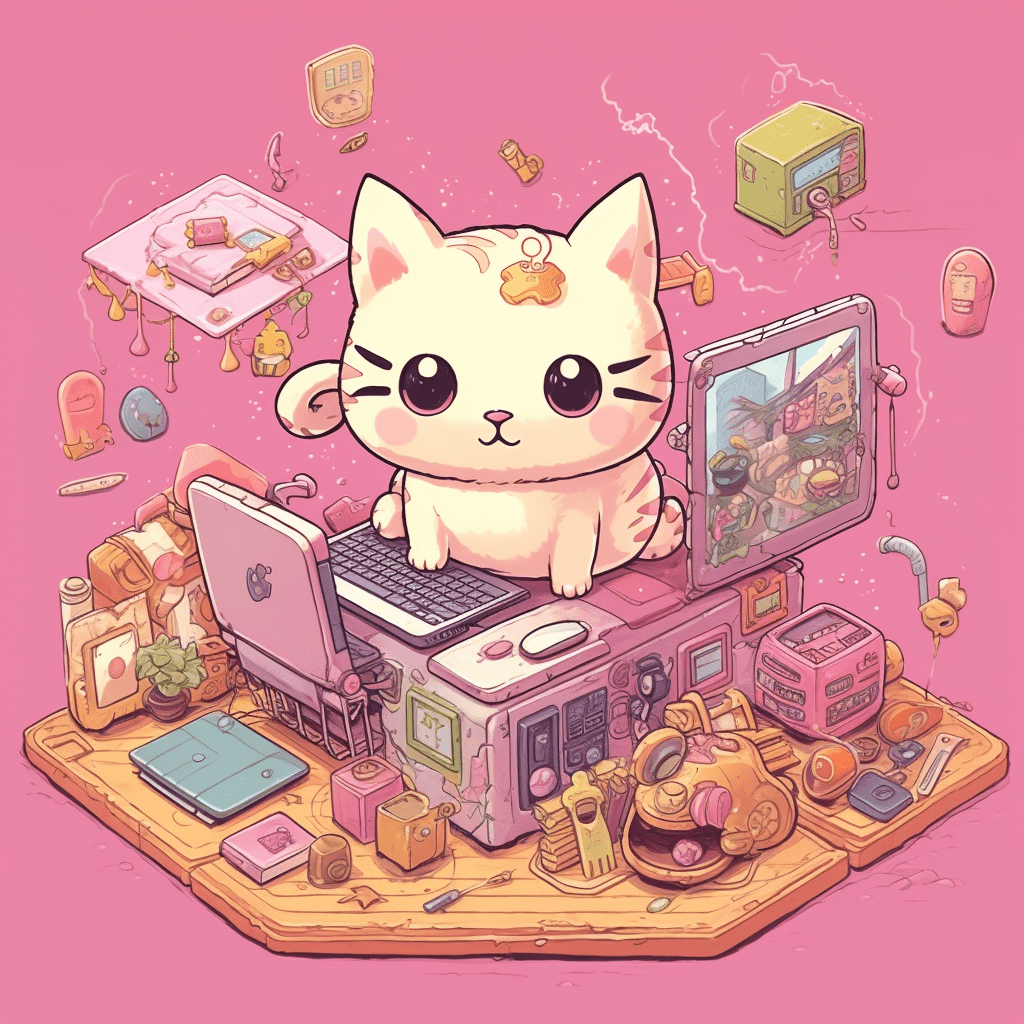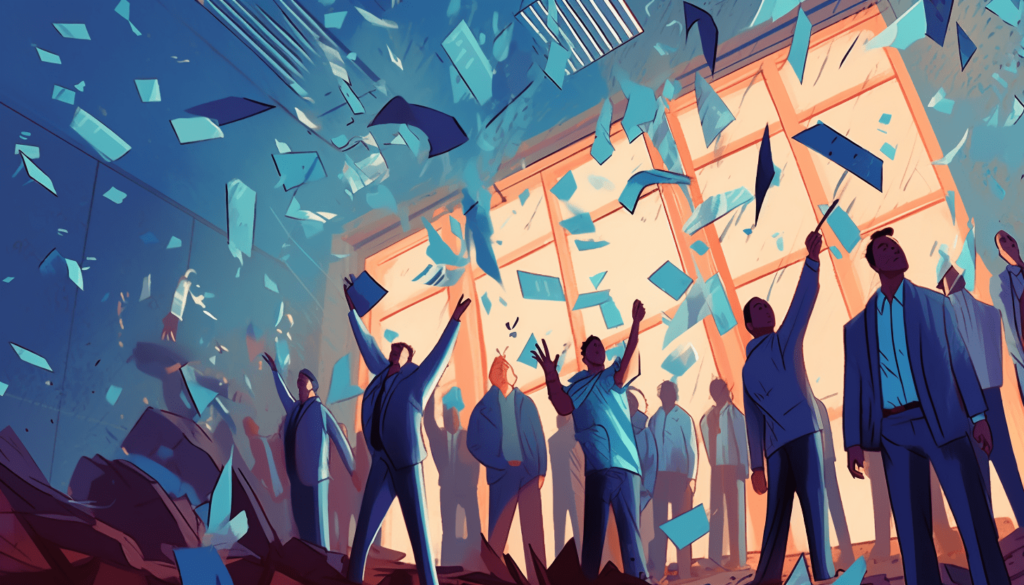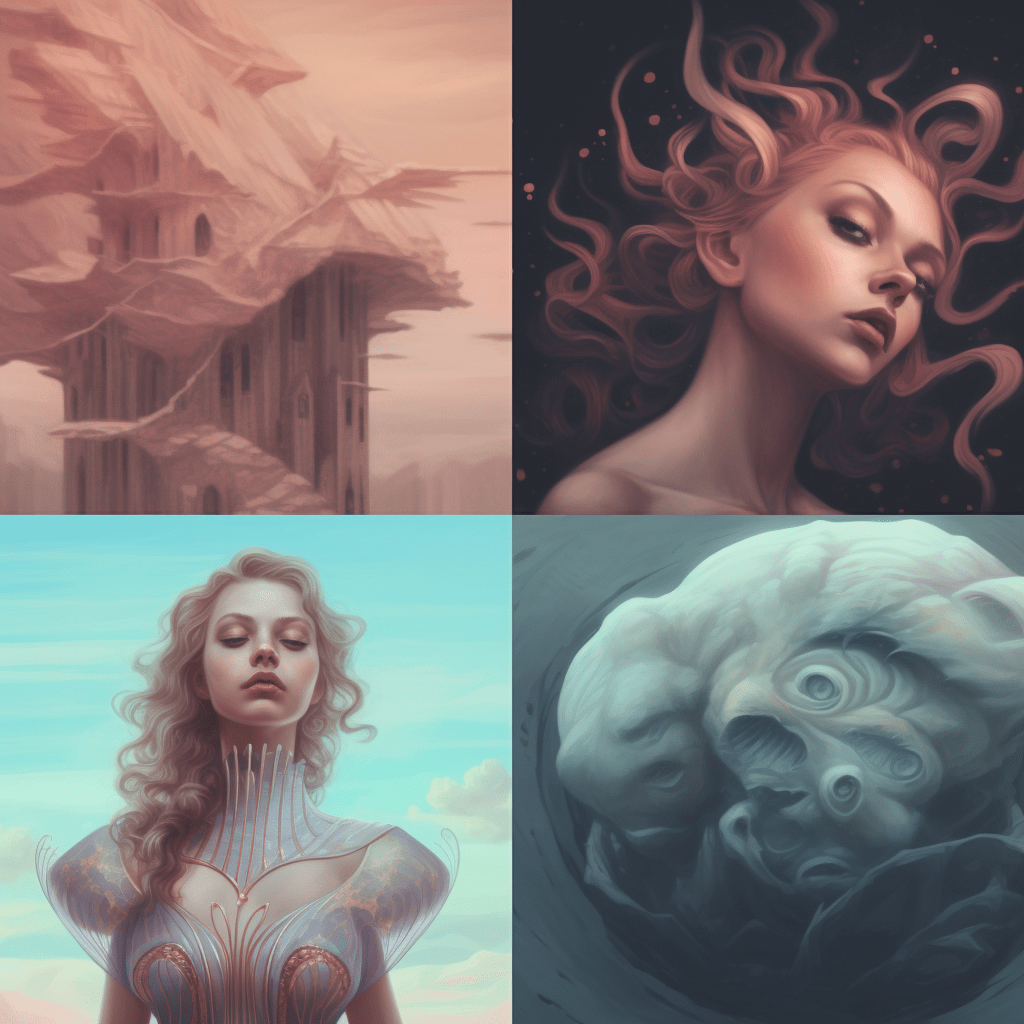Creating a collection of 10,000 unique NFTs presents a multifaceted logistical challenge, touching on everything from artistic conception to promotion. Navigating this complex task requires organization, adaptability, and strategic thinking. In this article, we break down the key steps involved in planning and executing a successful large-scale NFT project.

Concept Development and Art Direction
A solid creative foundation is crucial for a thriving NFT collection:
- Determine a Theme: Decide on a unique and compelling theme that resonates with your target audience and sets your NFT collection apart from others in the market.
- Define Artistic Guidelines: Establish aesthetic guidelines to ensure a consistent visual style across all of your NFT assets, contributing to a unified and cohesive collection.
- Craft a Narrative: Develop an engaging narrative that runs through your collection, drawing collectors in and forming a connection between individual NFTs.
Designing and Creating NFTs
Efficient design and creation processes are essential when dealing with thousands of digital assets:
- Generate Base Artwork: Produce foundational art components, such as characters, objects, or backgrounds, which will serve as the starting point for your NFTs.
- Create Unique Variations: Design a wide range of variations for your base components, including different traits, accessories, colors, patterns, or environments, ensuring the possibility for 10,000 distinct combinations.
- Use Generative Art Techniques: Employ tools like Doodads, NFT Art Studio, or custom-built scripts to streamline the process of combining base components and variations to create thousands of unique NFTs.
Blockchain Integration and Smart Contract Implementation

Integrating with blockchain technology and deploying smart contracts are key elements of managing your NFT project:
- Choose an Appropriate Blockchain Platform: Select a platform, such as Ethereum, Binance Smart Chain, or Flow, that meets your needs with regards to transaction costs, user base, and environmental impact.
- Develop Robust Smart Contracts: Collaborate with experienced developers to create and deploy smart contracts that define your NFTs, govern minting and sale processes, and encapsulate any desired features, like royalties or access to exclusive content.
- Ensure Secure and Efficient Minting: Optimize your smart contract code to minimize friction and costs during the minting process, while also addressing the security aspects of creating, transferring, and trading your NFTs.
Engagement, Marketing, and Community Building
Cultivating an active community and employing effective marketing strategies are integral to your NFT project’s success:
- Build a Strong Online Presence: Create engaging website, blog, and social media profiles to showcase your collection, share updates, and keep your audience informed about your project.
- Collaborate with Influencers and Partners: Work with influencers, other creators, or established collectors in the NFT space to increase the visibility of your project and attract a wider audience.
- Host Promotional Events: Organize pre-sales, auctions, giveaways, or community-driven contests to generate buzz and excitement around your collection.
While producing a collection of 10,000 unique NFTs is a significant undertaking, careful planning and execution can transform a complex challenge into a feasible and rewarding project. By concentrating on concept development, art direction, and design efficiency, and leveraging generative art techniques, blockchain integration, and smart contracts, you position your project for success. Additionally, engaging your audience through marketing and community-building initiatives will broaden your reach while cultivating a loyal collector base. Adapting to the ever-evolving NFT space will ensure that your project remains attractive, innovative, and valuable to collectors long into the future.
Monitoring and Adapting To Market Trends

In a constantly evolving NFT landscape, staying informed and being open to change are important aspects of your project’s long-term success:
- Track Metrics and Performance: Regularly monitor the performance of your NFT collection in terms of sales, user engagements, and community growth. Use this data to make informed decisions, optimize your strategy, and uncover growth opportunities.
- Update and Expand Your Collection: Based on the insights gained, make necessary adjustments or expansions to your collection by adding new features, making design updates, or collaborating with other artists to refresh your offering and maintain relevance in the market.
- Stay Informed About New Developments: Keep abreast of the latest trends, technologies, and regulatory changes in the NFT space to ensure your project is optimally positioned to adapt and maintain a competitive edge.
In conclusion, planning and executing the creation of 10,000 unique NFTs requires a robust creative process, efficient design techniques, blockchain integration, and strategic marketing initiatives. By focusing on these areas and embracing continuous monitoring and adaptation, you can successfully manage the logistics of a large-scale NFT project and establish a solid foundation for enduring success in the digital art realm. Additionally, staying in tune with the fast-changing NFT market trends can ensure your project remains appealing and valuable to collectors and investors alike, further solidifying your position in the competitive NFT marketplace.
